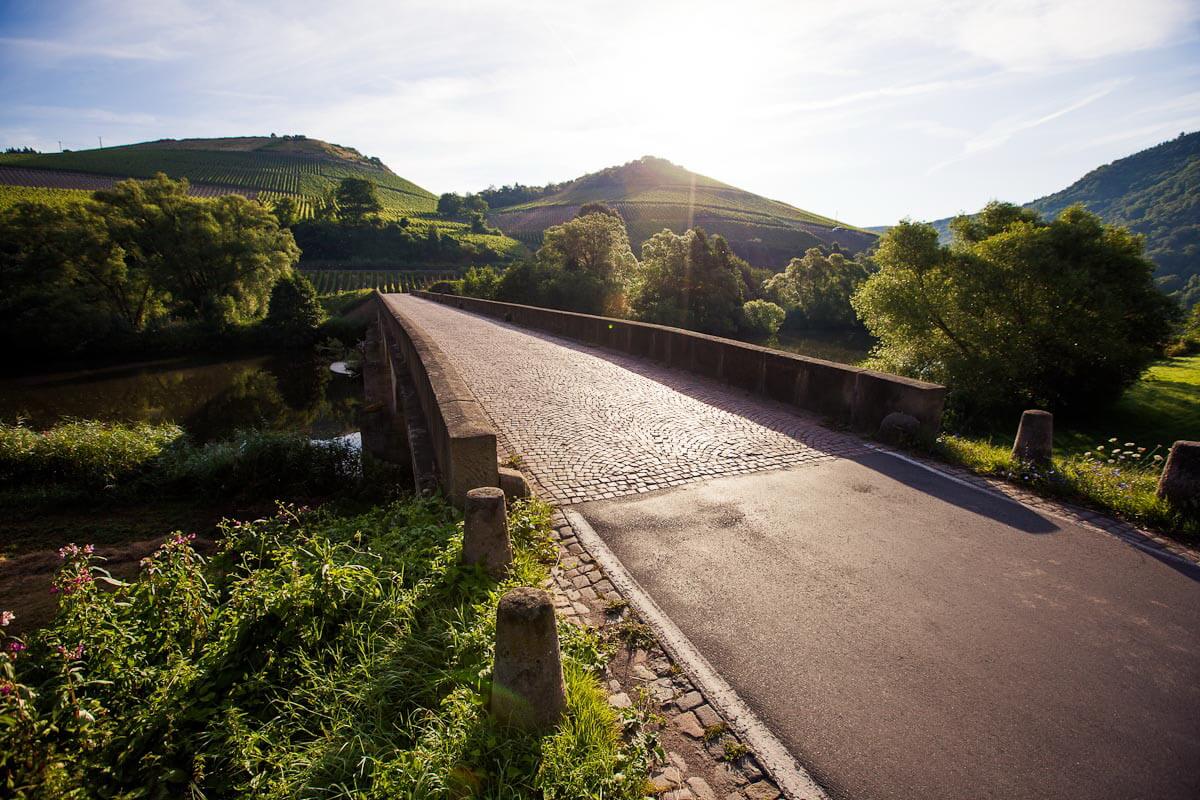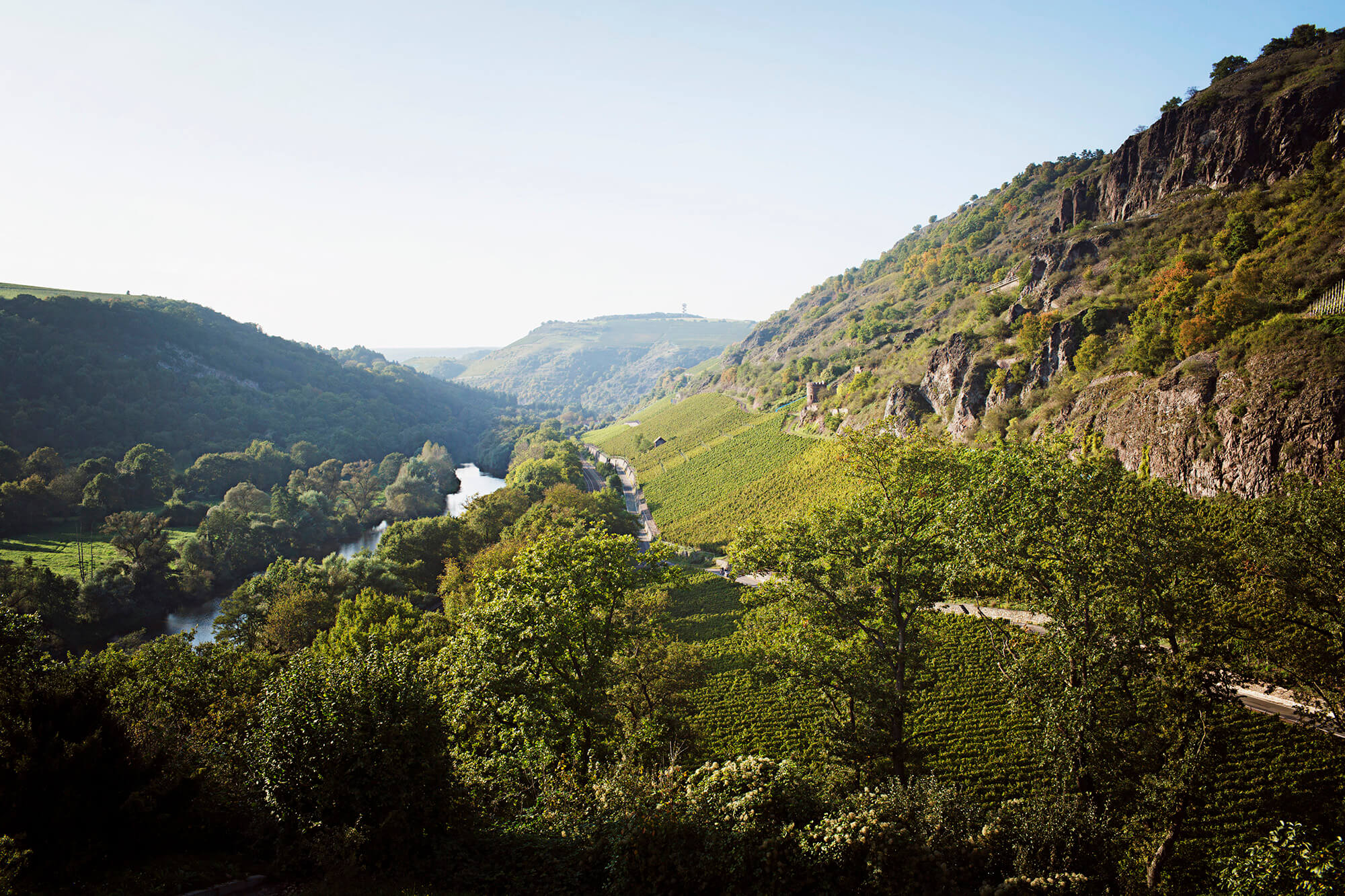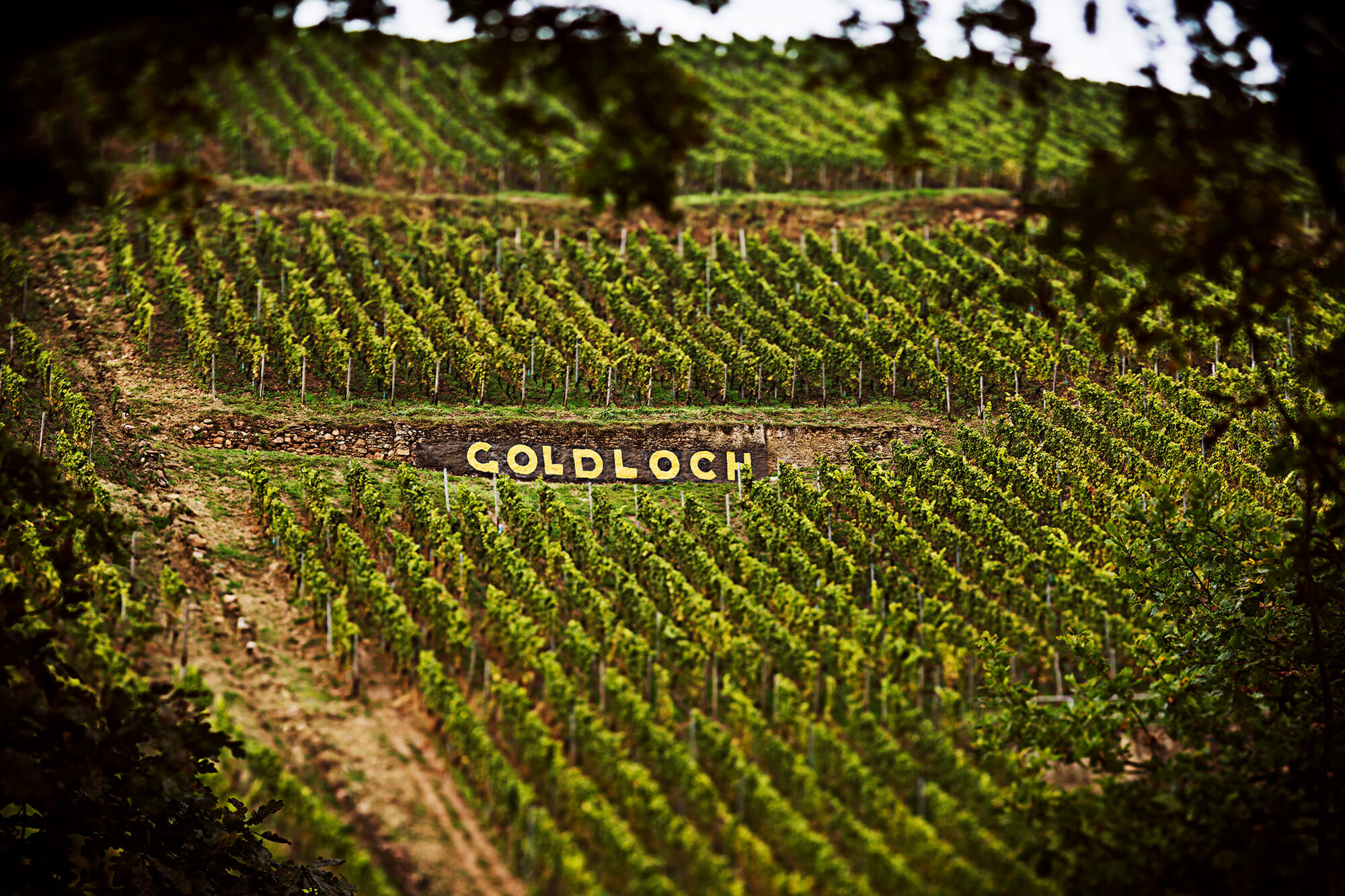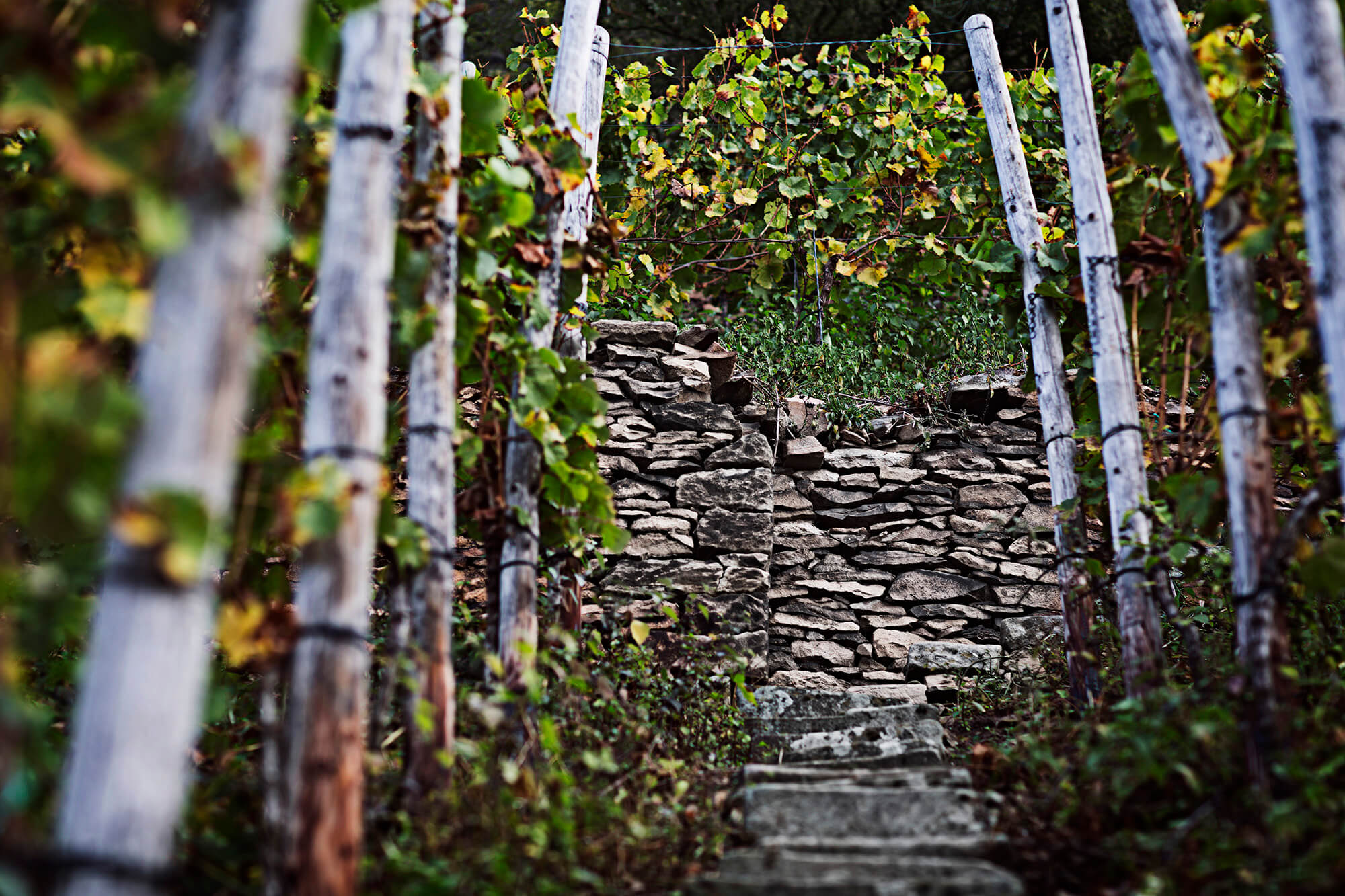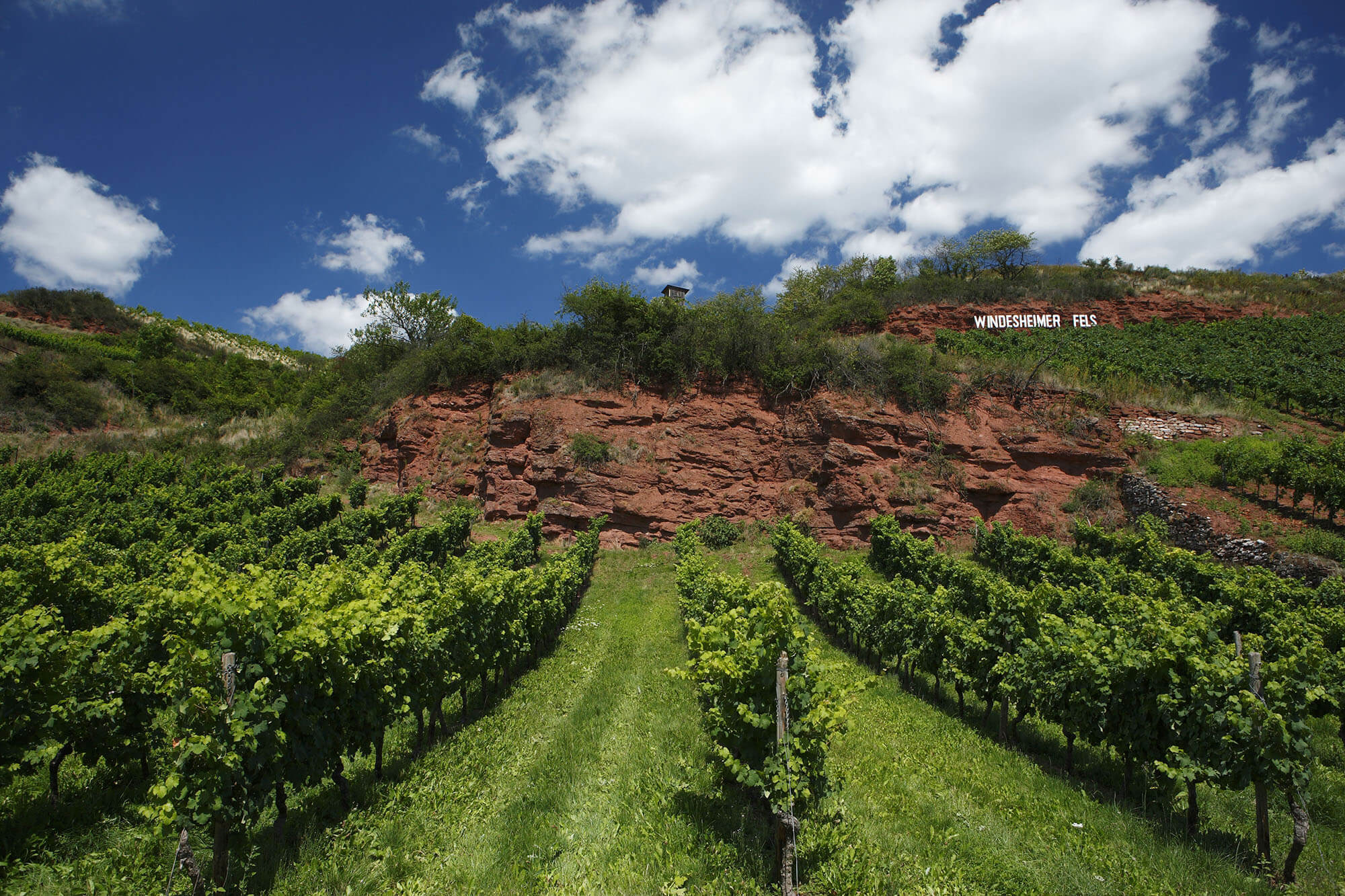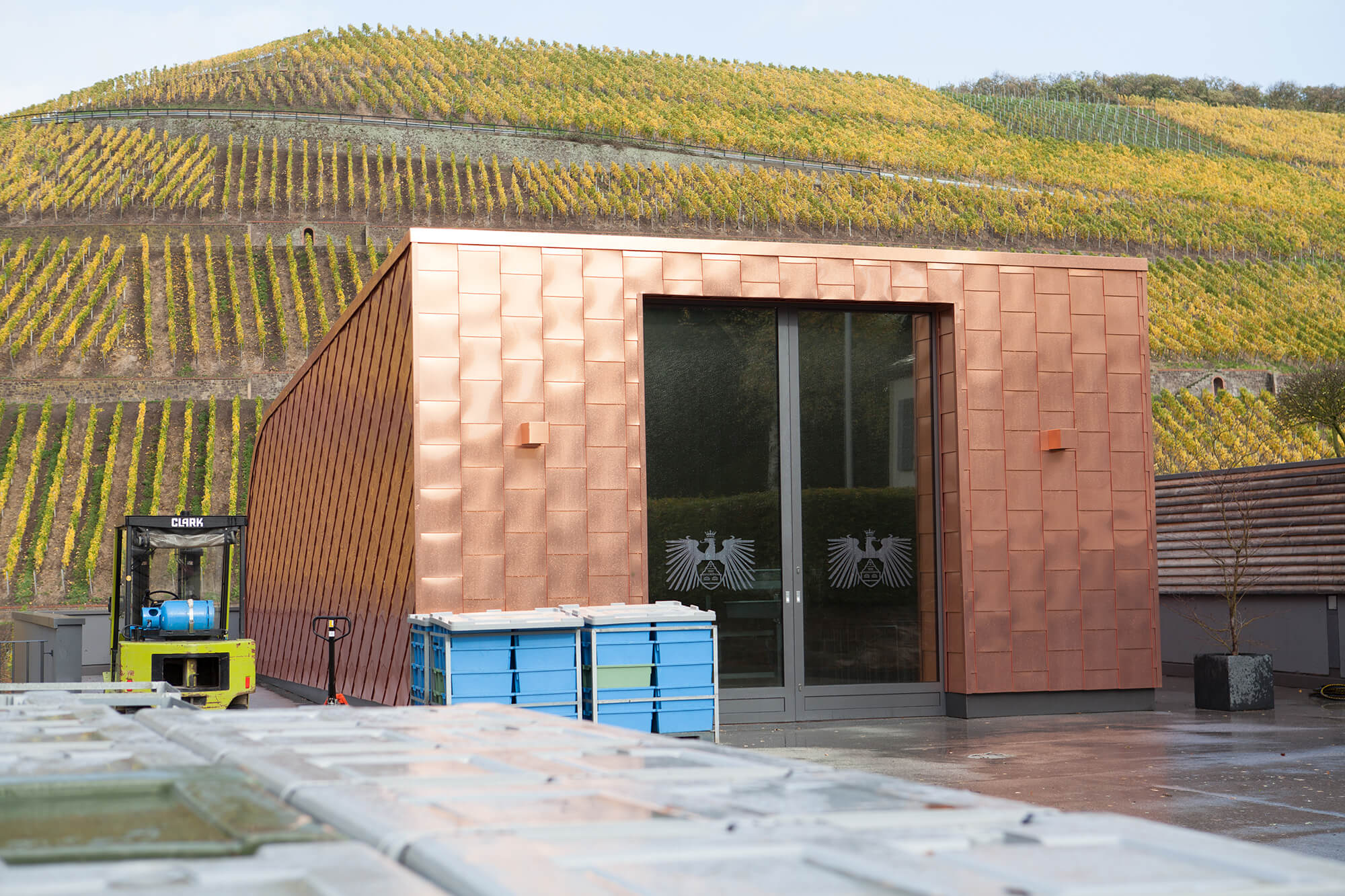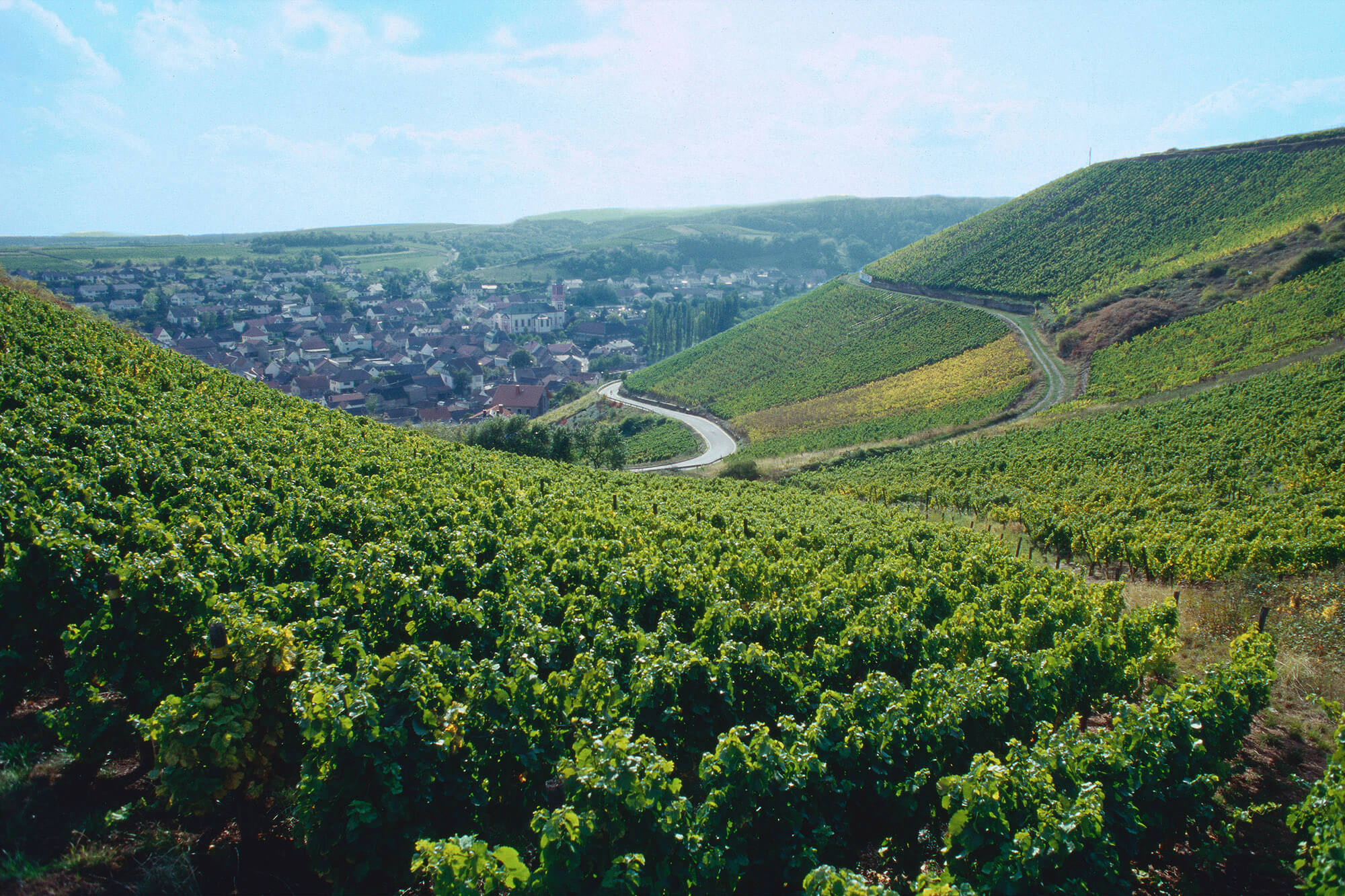Introduction
Although the Nahe is one of the smaller German wine regions, its extraordinary range of soil types is second to none. For this reason, the region is able to produce quite diverse wines from relatively few grape varieties. The steeper sites of volcanic or weathered stone, and those with red, clayish slate seem predestined for elegant, piquant Riesilng wines of great finesse and a light spiciness, while flatter sites of loam, loess and sandy soils yield lighter, fragrant Müller-Thurgau (Rivaner) wines with a flowery note. Silvaner grape thrives in a number of soils and produces full-bodied, earthy wines.
Statistics
Major Town: Bad Kreuznach, Bad Münster am Stein-Ebernburg, Bad Sobernheim
Districts: 1
Collective Sites: 6
Individual Sites: 230
Vineyard Area: 4,237
Terroir
Climate
– Balanced, mild, and frost free
– Low rainfall, mild temperatures, lots of sunshine
– The climate in the Upper Nahe and its side valleys is influenced by cooler air masses, whereby the grapes tend to ripen later, producing racy, elegant wines
Soil
The entire rock cycle of igneous (volcanic), sedimentary (sandstone, clay, limestone) and metamorphic (slate) rocks is present in the Nahe – about 180 soil types.
Top soil types:
Sandstone
Clay
Limestone
Slate
Loess
Loam
Quartzite
Terrain
Situated between the Mosel and Rhine, the Nahe region is named after the river that traverses the valleys of the forested Hünsruck Hills as it gently flows toward Bingen on the Rhine. It is a peaceful landscape of vineyards, orchards and meadows interspersed with cliffs and striking geological formations.

